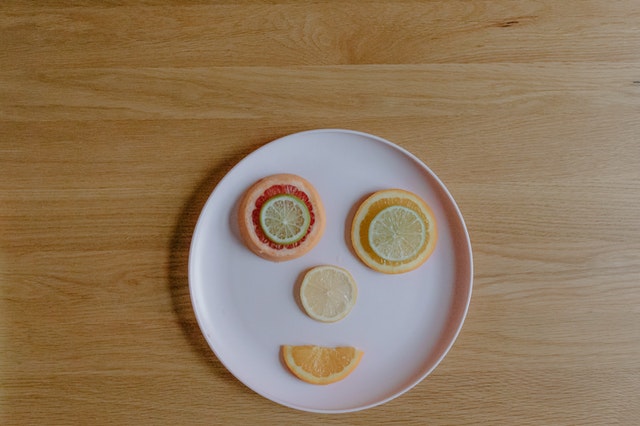
How often are your little people involved in kitchen activities outside of the obligatory Christmas cookie decorating? With so many people working from home, we are doing a lot more cooking and less eating out. Parents however are nervous about allowing their toddlers into that space. Understandably, you think of all the hazardous things that could harm them, like sharp utensils, a hot stove or grabbing raw mixture and stuffing it into their mouths faster than we can stop them (yes, it has happened in my kitchen too). By the end of this post, you may realise it doesn’t have to be as daunting as you imagined.
Depending on your toddler’s interest, involving them in the cooking process can be fairly simple, however, it will require you as the adult to step back and observe which can be the most difficult part. Here I will give some tips to safely allow your toddler to start being part of the cooking experience in your household and develop more independence while sharing some of the tools and platforms that have helped me and my family.
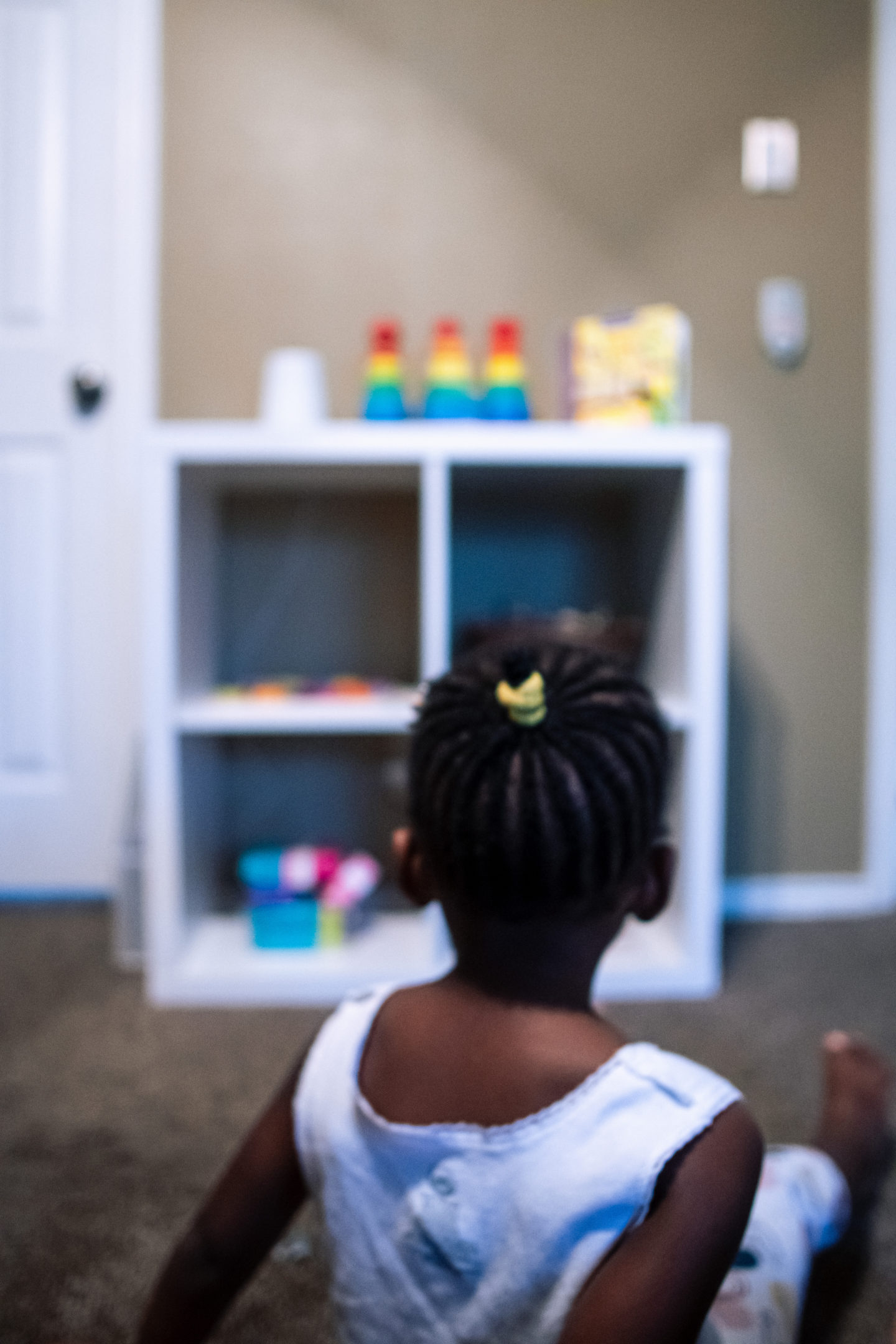
Engaging the child in activities or play that mirror real-life activities is a good place to start. There are various philosophies of the best practice for raising children and most of the ideas that are shared in this post are inspired by the Montessori philosophy. There is a wealth of resources online that go into more detail about this philosophy. As an overview, the philosophy is child-led instead of the traditional teacher/parent-led. There is an emphasis on treating your child with respect from as early as infancy. Essential elements include; giving children more freedom to explore, materials and activities scaled to the children’s size and abilities such as a small table and chair set or a small dustpan and brush, and implementing age-appropriate activities to develop independence.
“Never help a child with a task at which he feels he can succeed.”
— Maria Montessori
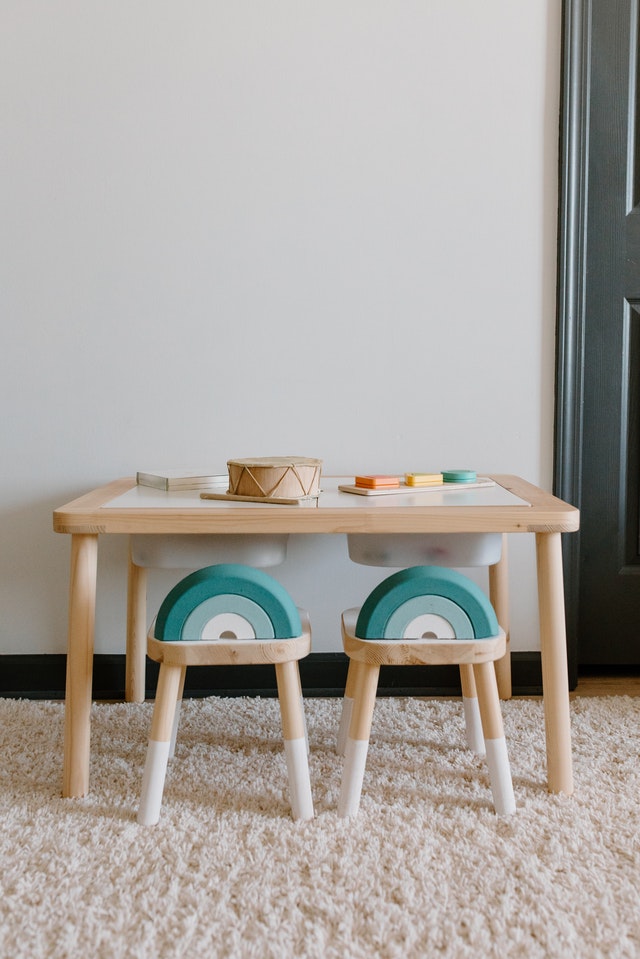
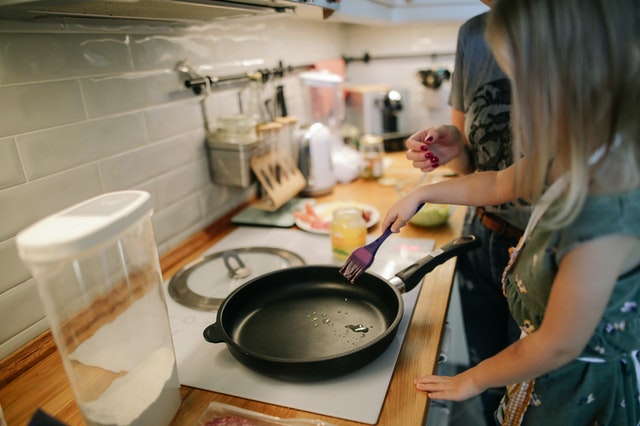
- Practical Life Activities
Small to medium size jugs, cups and containers are great for toddlers to practice pouring and transferring water from one vessel to another. Most of the vessels I used are made of natural materials like glass or metals (with a few plastic ones) to allow my daughter to become familiar with delicate materials. This activity also works well with beans or rice (you need to ensure they are surprised as there may be choke hazards). The more familiar they become with transferring the fewer spills they have.
Every day, we pour milk for cereal or water to drink, and scoop rice into a pan. So these activities are fun ways to allow children to grasp these everyday concepts. Allow your toddler to practise making their own breakfast as they become more confident, by portioning cereal and milk in cups/jugs ready for them to pour into their own bowls.
Playdough is another great modelling activity that they can practise rolling, cutting and making shapes with blunt utensils. This can mirror kneading and rolling out pizza or bread and cutting out Christmas cookies. Using butter knives or toy knives to cut up the playdough, can lead up to introducing bananas, avocados and then to harder vegetables like zucchini, carrots and potatoes.
Here is a simple DIY playdough recipe you can try if you are concerned about your little one putting things in their mouths.
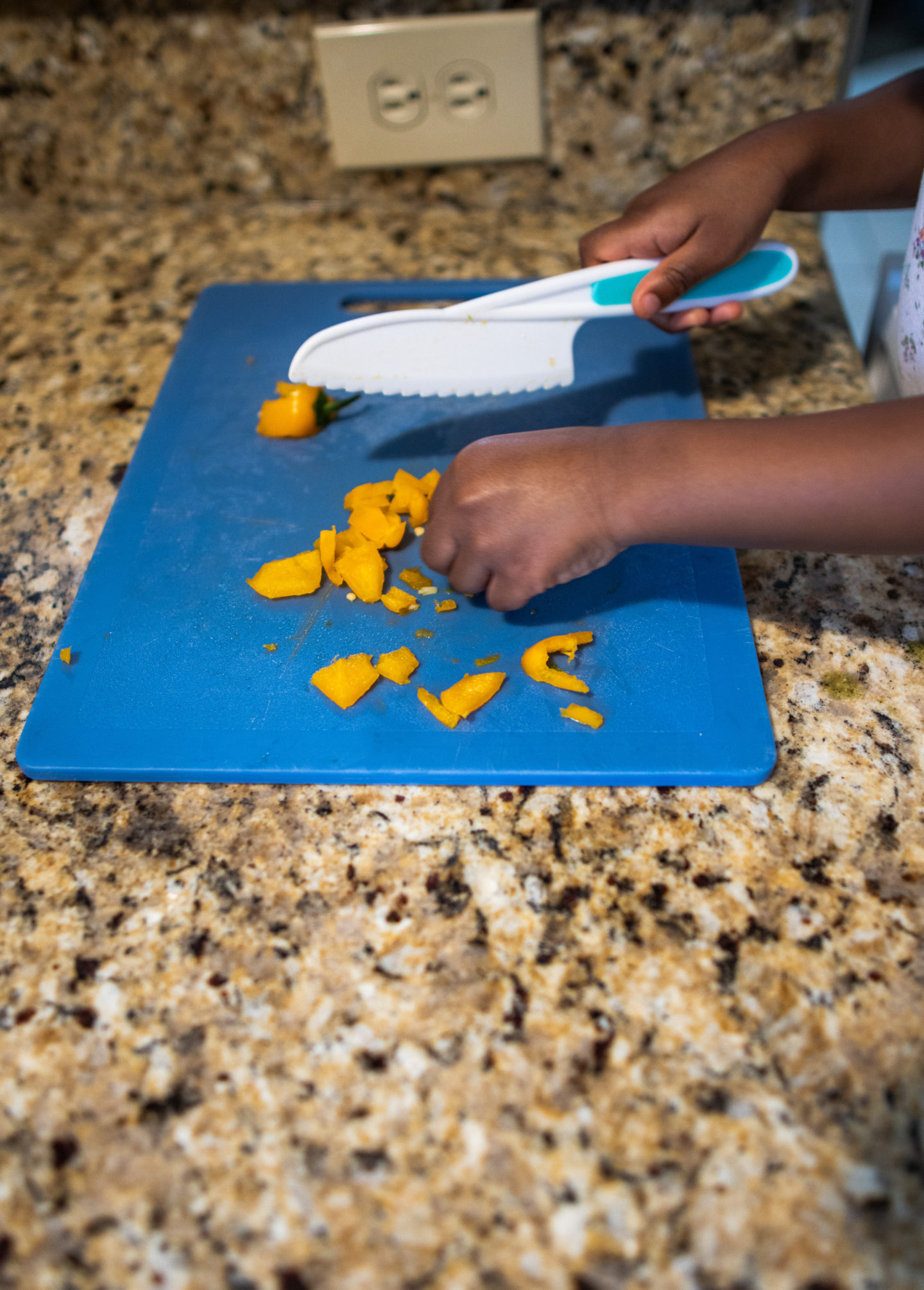
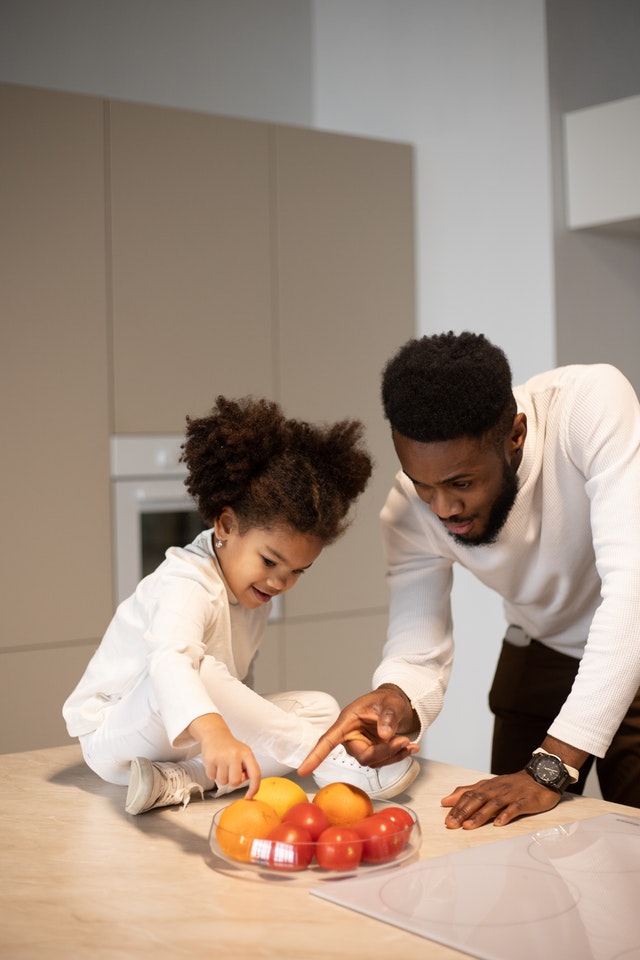
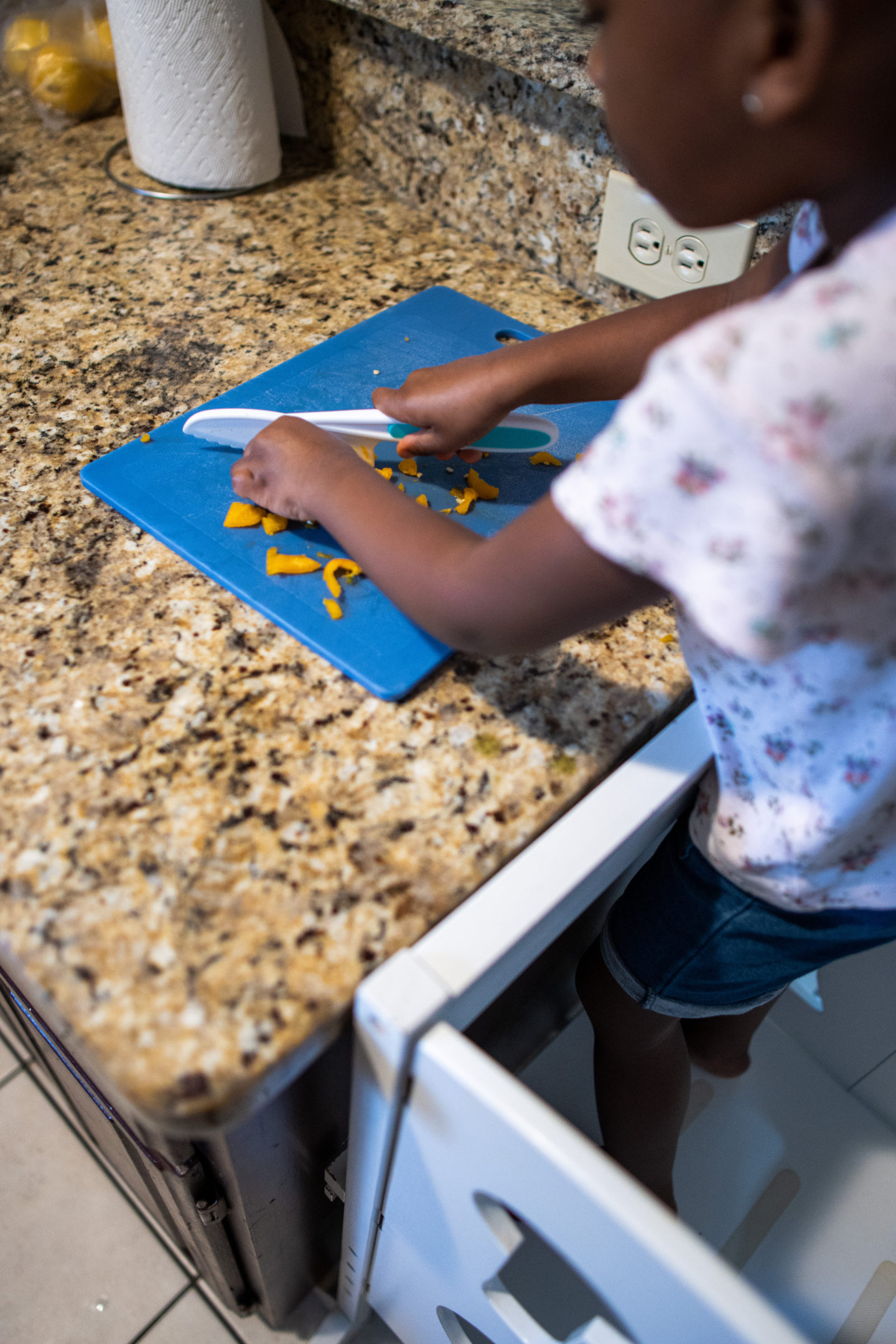
2. Accessibility
My aim is always to ensure my child feels comfortable moving around the home to find what she needs. We did not really childproof the apartment (no major reason, probably laziness) and from an early age my daughter would crawl into the kitchen cupboards and pull out pots and pans to play with. When she started to walk confidently at about 13 months, I moved her dishes, cutlery and cups to a shelf in those cupboards so she could have access to them. We use a water filter dispenser, so she is able to get water independently – at first with her step but now she is taller she gets water when she wants.
The Kitchen helper can be quite an investment for some families. It was for us at the time so we put it on her birthday wish list and one of our family members bought it for her (yay!). It gives your child easy access to pour ingredients, crack eggs, wash up at the sink, be in front of the stove to stir or completing a puzzle on the counter. If you are concerned about storing this, there are some models that are collapsible.
3. Safety
How do you teach a toddler about safety with utensils?
When introducing knives and hot pans to the equation, it is best to model first, do it with them, then allow them to try alone. Use tools that are small enough for the child’s hands so they can be comfortable, see this crinkle cutter for example. We have been using a butter knife and occasionally allow the use of sharper knives. Calmly explain that stoves and kettles are hot and that knives are sharp. In the event that they do cut themselves slightly, try not to panic or scold the child.
Kitchen activities are not the only ways to build confidence in your little ones. The options are endless from wiping up spills on their table, putting on their shoes or helping with the laundry. There is so much inside and outside of the home to make this accessible and affordable for you.

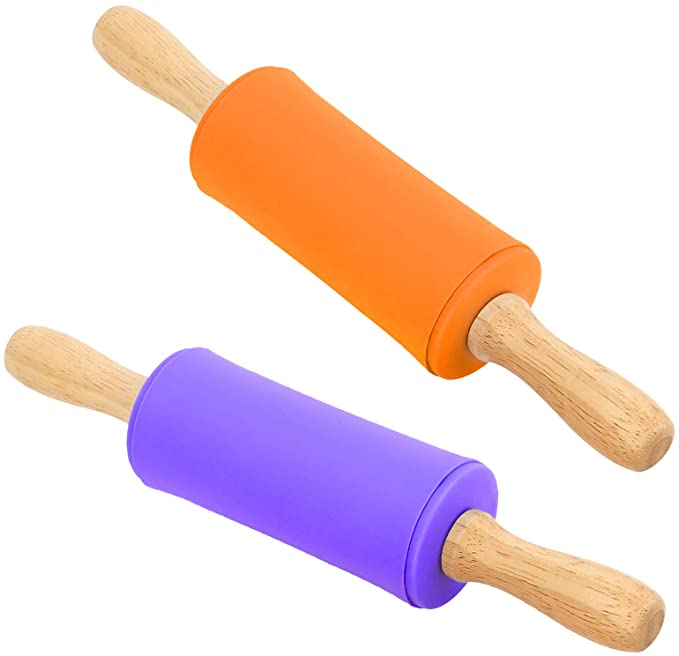
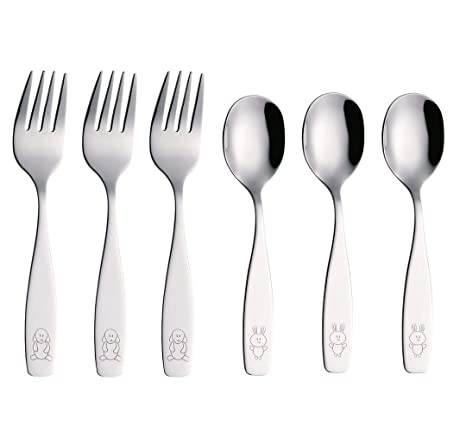
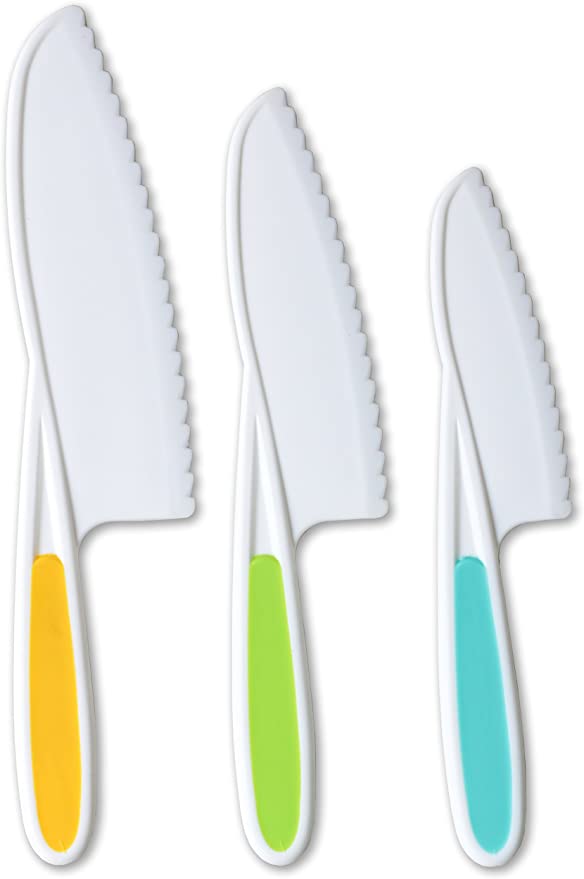

Photo by Tara Winstead from Pexels
Good places to start if you need some help:
https://www.youtube.com/c/HapaFamily/playlists
https://www.instagram.com/lyric_laughter_learning/
https://www.instagram.com/montessori_melaninmamas/
Deuteronomy 11:19 Teach them to your children, talking about them when you sit at home and when you walk along the road, when you lie down and when you get up.
